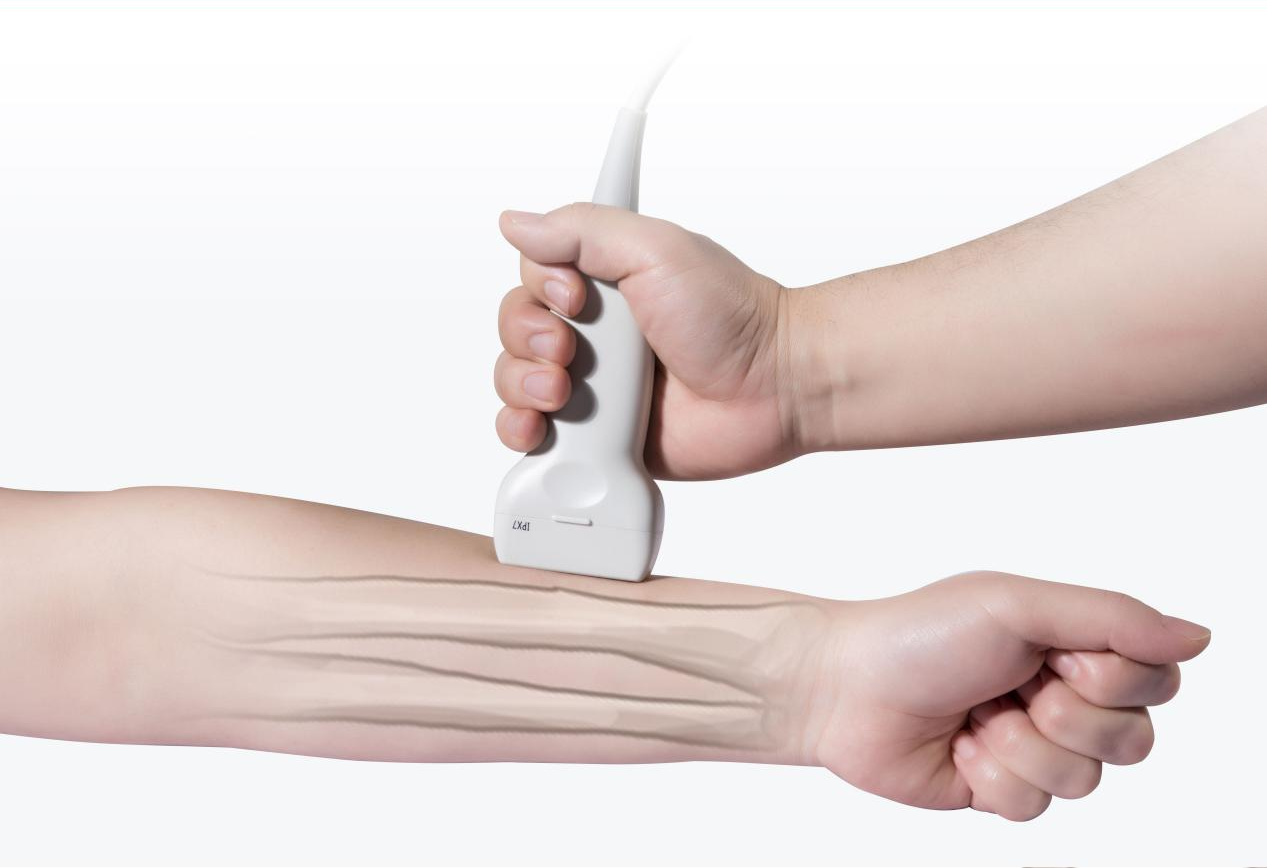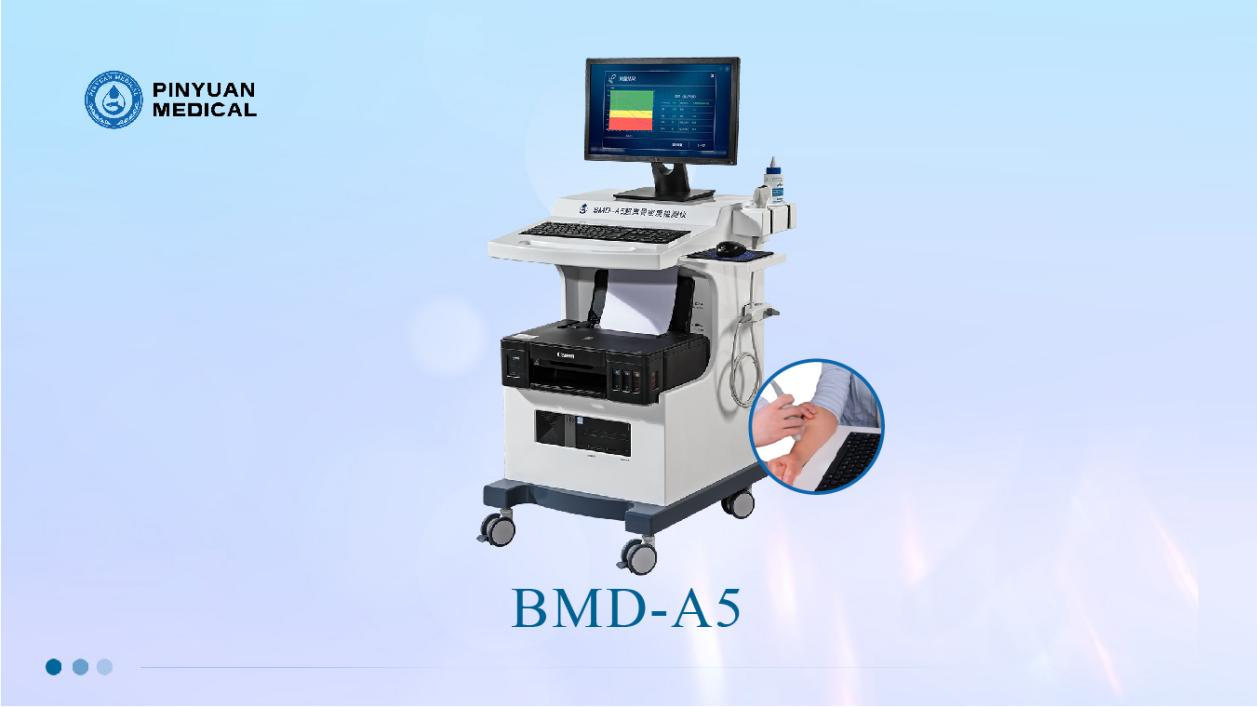Ultrasound bone density testing is a method that uses ultrasound technology to assess the health status of bones. In simple terms, it is to measure the bone density of specific areas to determine the strength and quality of bones, and thereby predict the risk of fractures. It is like giving the bones a “health checkup”, which can help us detect potential bone problems in time. However, ultrasound examination is generally used for preliminary screening and cannot be used as a final diagnosis. Traditional X-ray examinations pose radiation hazards to the human body. Ultrasound bone density testing is suitable for pregnant women, children and patients who need frequent monitoring.
The areas typically tested by ultrasonic bone densitometers include the ulna and radius (forearm) and the tibia (lower leg). The distal end of the radius near the wrist is a commonly used detection point. It is convenient to operate and suitable for preliminary screening. The tibia area near the ankle joint is suitable for special groups such as obese people or those with lumbar spine disorders.
Which groups of people are suitable for ultrasonic bone density testing?
1. Children: Premature/low birth weight, malnourished, overweight, obese children; Suspected rickets (night terrors, excessive sweating, pectus excavatum, O-shaped legs, etc.); Children who are picky eaters, have anorexia or bad living habits; Growing pains, teeth grinding at night and other developing teenagers.
2. Pregnant and postpartum women: Measure bone density once at the 3rd and 6th months of pregnancy to supplement calcium in a timely manner. Women who are breastfeeding.
3. Middle-aged and elderly groups: Women over 65 years old and men over 70 years old, without other risk factors for osteoporosis; Women under 65 years old and men under 70 years old with more than one risk factor (postmenopause, smoking, excessive alcohol or coffee consumption, lack of physical activity, calcium and vitamin D deficiency in diet)
4. Other populations: Those with a history of brittle fractures or a family history of brittle fractures; Those with low levels of sex hormones caused by various reasons; Those whose X-rays show changes in osteoporosis; Those who need efficacy monitoring for osteoporosis treatment; Those who have diseases that affect bone mineral metabolism (such as renal insufficiency, diabetes, chronic liver disease, hyperparathyroidism, etc.) or are taking drugs that may affect bone mineral metabolism (such as glucocorticoids, antiepileptic drugs, heparin, etc.).
Bone health is an important guarantee of our quality of life. Don’t turn a blind eye to potential bone problems anymore! Ultrasound bone density testing offers us a convenient way to understand bone health. Come and have a comprehensive assessment of your and your family’s bone health!
Post time: May-28-2025



